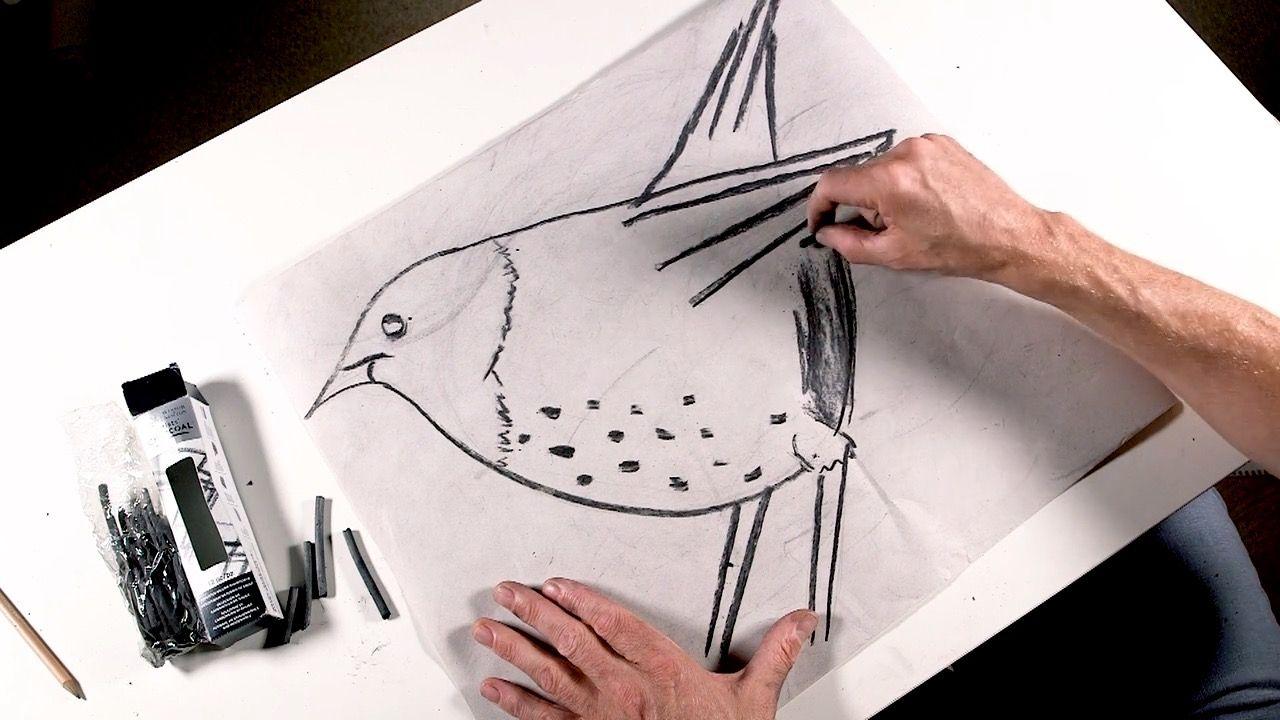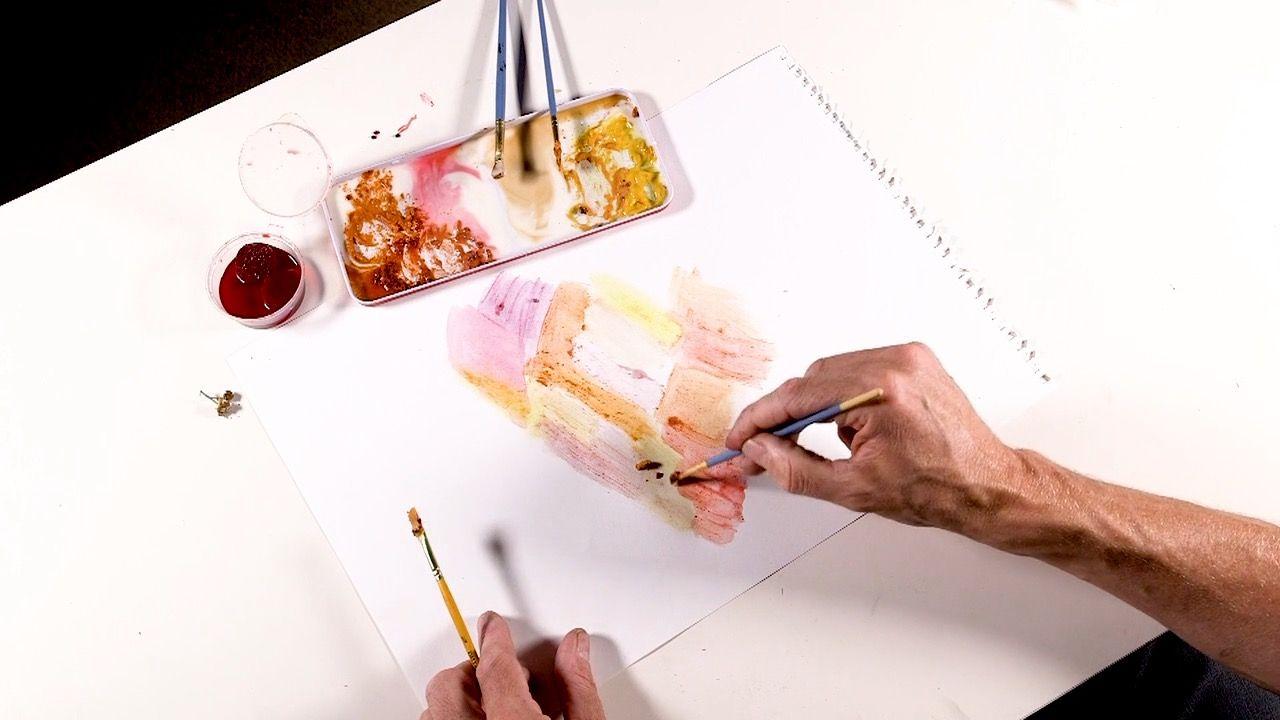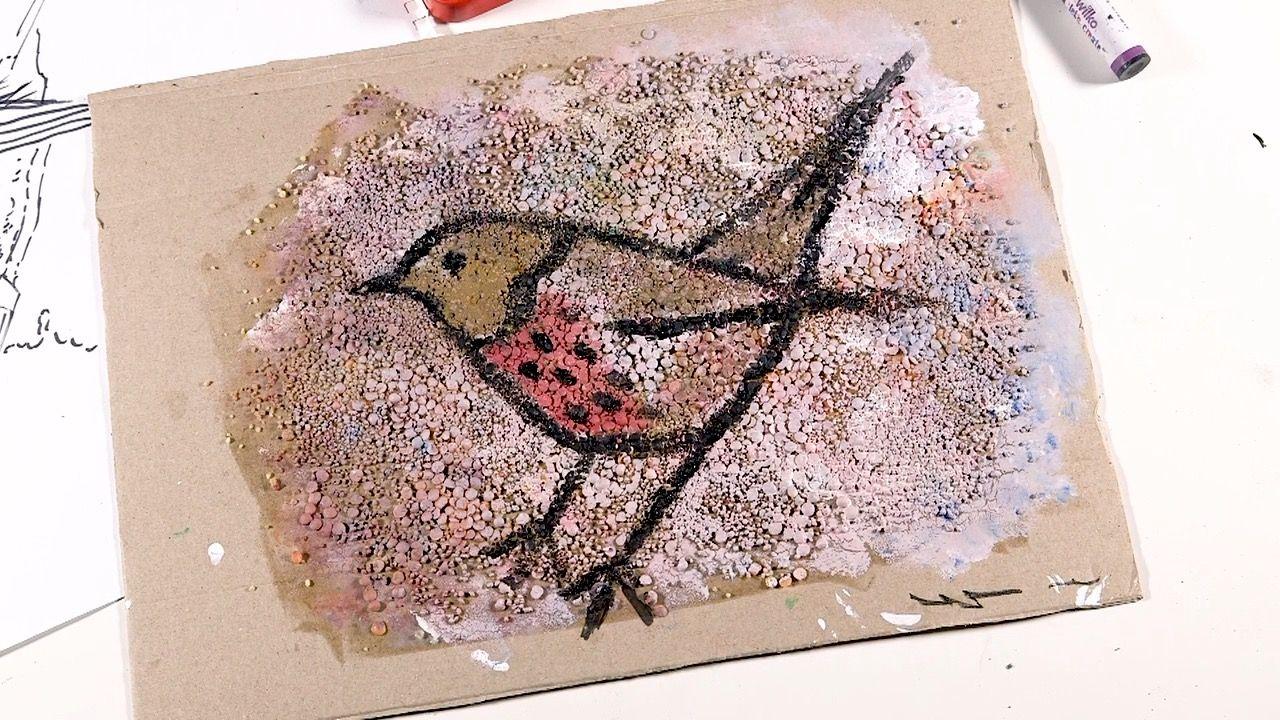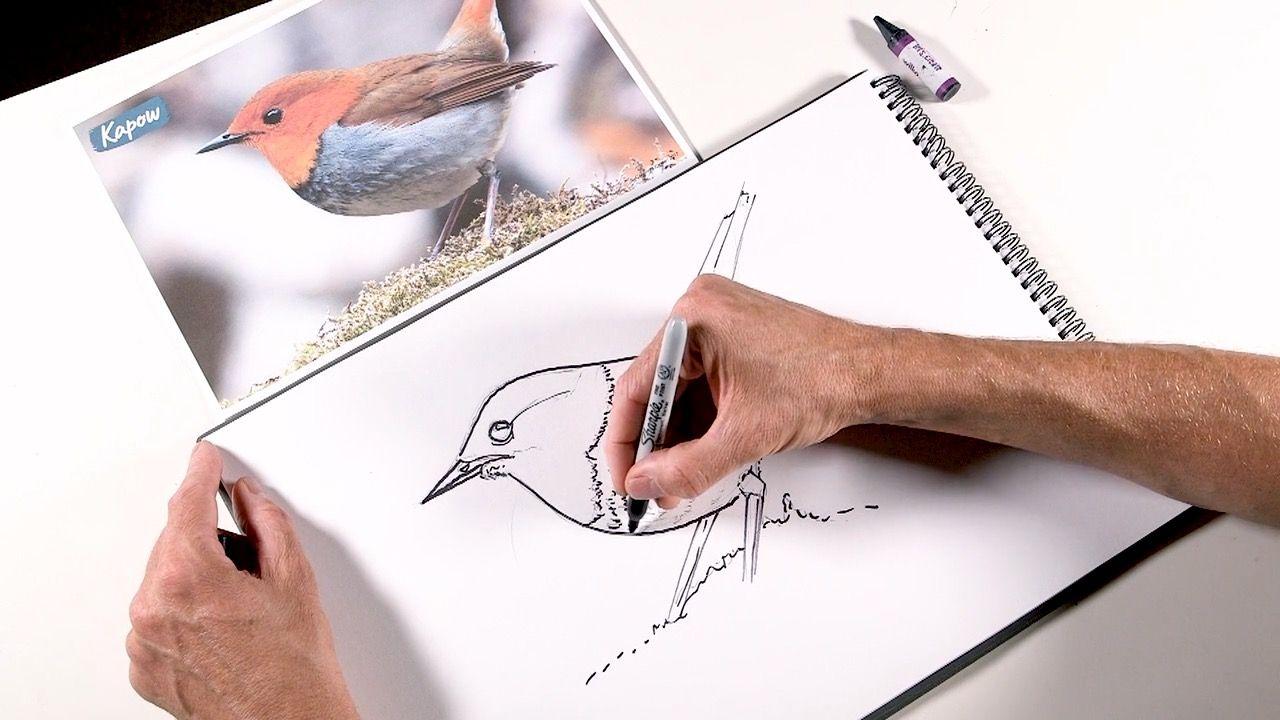Learning intention
- To apply painting skills and work collaboratively to recreate a prehistoric artwork.
Success criteria
- I can use my handprint to
This content is for subscribers only. Join for access today.
Cambridge Primary Art & Design (0067) Learning objectives
Experiencing
E.01 Encounter, sense, experiment with
This content is for subscribers only. Join for access today.
Before the lesson
This content is for subscribers only. Join for access today.
Lesson plan
Recap and recall
Show the Presentation: 3, 2, 1.
This content is for subscribers only. Join for access today.
Extended-mode explainer videos
How to extend your display to view the lesson page and preseantion mode simultaneously. Choose your operating system below to watch the video
If you need further support with extending your display,
please contact [email protected].
Differentiation
Learners needing support:
- Could receive guidance to paint around their hands.
- Should remember not to use too much paint.
Learners working at a stretch:
- Could experiment with repositioning their handprints to make interesting patterns.
This content is for subscribers only. Join for access today.
Assessing progress and understanding
Learners with secure understanding can:
- Successfully make positive and negative handprints in a
This content is for subscribers only. Join for access today.
Vocabulary
-
handprint
A mark made by a hand.
-
negative handprint
Picture of the outline of the hand.
This content is for subscribers only. Join for access today.
In this unit
Lesson 1: Exploring prehistoric art
Lesson 2: Charcoal animals
Lesson 3: Prehistoric palette
Lesson 4: Painting on the cave wall
Lesson 5: Hands on a cave wall





